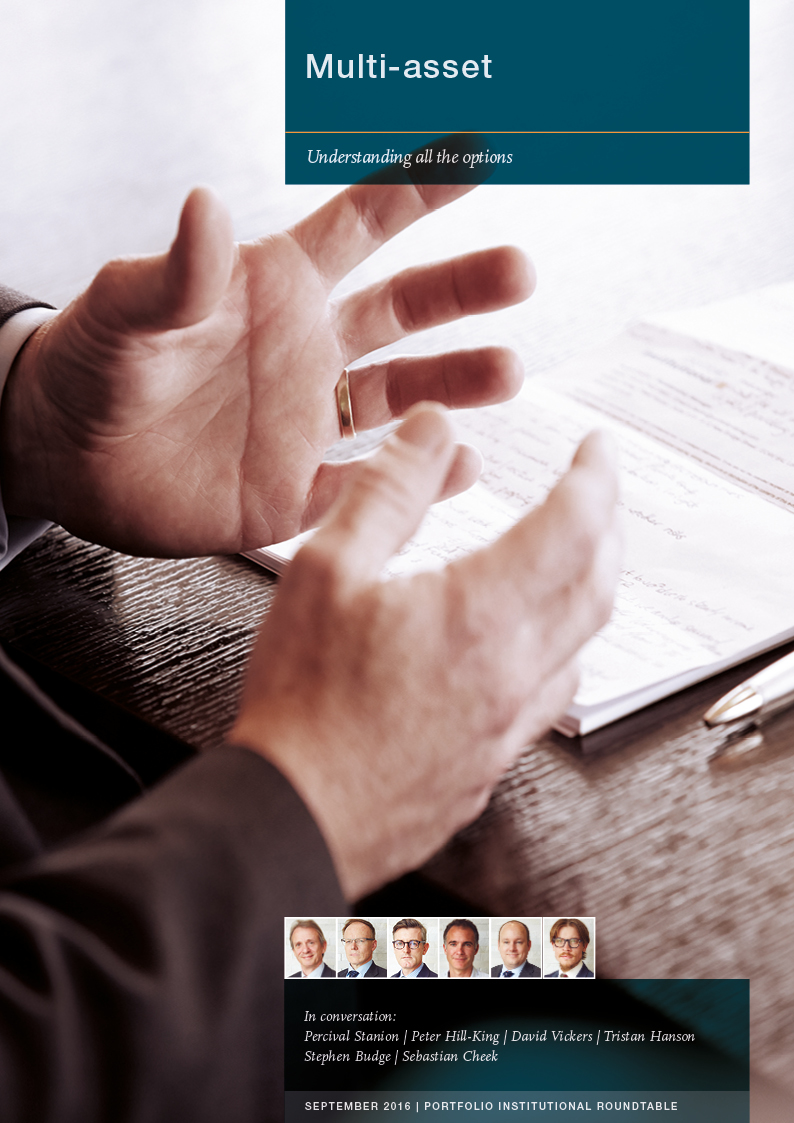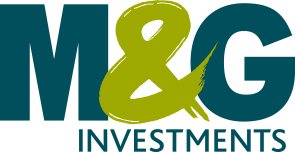Understanding all the options



Understanding all the options The UK’s decision to leave the European Union on 23 June threw financial markets and domestic politics into turmoil. On the day following the referendum, the FTSE 100 shed £120bn as investors panicked over the uncertainty of the UK’s future. This was exacerbated by David Cameron’s sudden resignation as Prime Minister having led an […]
September 2016





13 Sep 2016
13 Sep 2016

13 Sep 2016
13 Sep 2016
Sign up to the portfolio institutional newsletter to receive a weekly update with our latest features, interviews, ESG content, opinion, roundtables and event invites. Institutional investors also qualify for a free-of-charge magazine subscription.